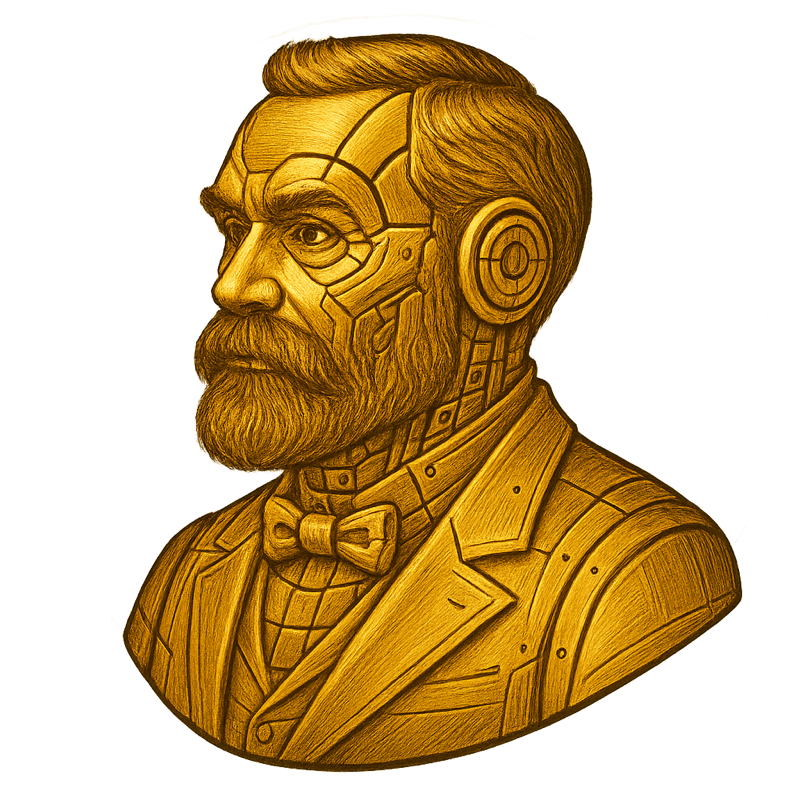Why I Built NobelLM
What if you could gather the greatest literary minds of the past century in a room and ask them a question?
What truths can be told through fiction?
Where do you find light when the world turns dark?
What do you do when the words won’t come?
I built an AI tool to do exactly that. (Or at least, to let me pretend I could.)
NobelLM is a web app that scrapes, structures, and semantically searches over 100 years of Nobel Literature lectures and speeches. Powered by embeddings and generative AI, it lets users ask open-ended questions and receive grounded responses with citations from real source material.
Ask ‘How do writers find hope in darkness?’ and you might receive reflections from Toni Morrison on storytelling as resistance, García Márquez on magical realism as truth-telling, and Szymborska on the small, luminous moments in life.
Why I Chose Literature
When I set out to learn how Retrieval-Augmented Generation (RAG) systems worked, my first instinct was to use corporate financial filings as my source material. Clean, structured, and comfortably dull. But the more I explored, the more I realized: financial documents weren’t the best material for understanding how language models interact with meaning. Besides, it’s been tackled countless times. I kept returning to a different question: what if I could build something that mattered to me?
I’ve always been drawn to literature—its stories, its characters, and the way an individual voice can illuminate something universal. When I discovered that the full archive of Nobel Prize speeches was publicly available, it felt like striking gold: decades of human insight and literary craft, just waiting to be explored.
So I pivoted. I scraped the Nobel archive, normalized the metadata, and started building something to make this content accessible. The result is both technically ambitious and personally meaningful.
My Goals
This project has always been more than a weekend demo. I wanted to:
- Understand AI systems: Learn embeddings, chunking, vector search, and prompt design through real implementation.
- Push my solo dev boundaries: Could I build and ship a semantic search product end-to-end?
- Build a tool I could share: Something thoughtful and unique that others could explore.
- Reflect on meaning in an AI age: What gets lost—or preserved—when machines interpret human language.
What’s Next
This post is the first in a series. In the coming weeks, I’ll share how NobelLM works, what I learned along the way, and why building with humanity—and not just code—matters.
Update: Read the next post in the series: Four Ways to Explore NobelLM
Here’s a teaser of some future blog posts:
- How NobelLM Works: Behind the Scenes of a RAG Architecture
- What it means to be a full-stack prompt engineer
- Challenges I ran into—and what surprised me
- Reflections on literariness, automation, and what AI leaves behind
If you’re curious, you can explore the full series or try the app yourself at nobellm.com.
Filed under: Projects, NobelLM, AI, Literature
